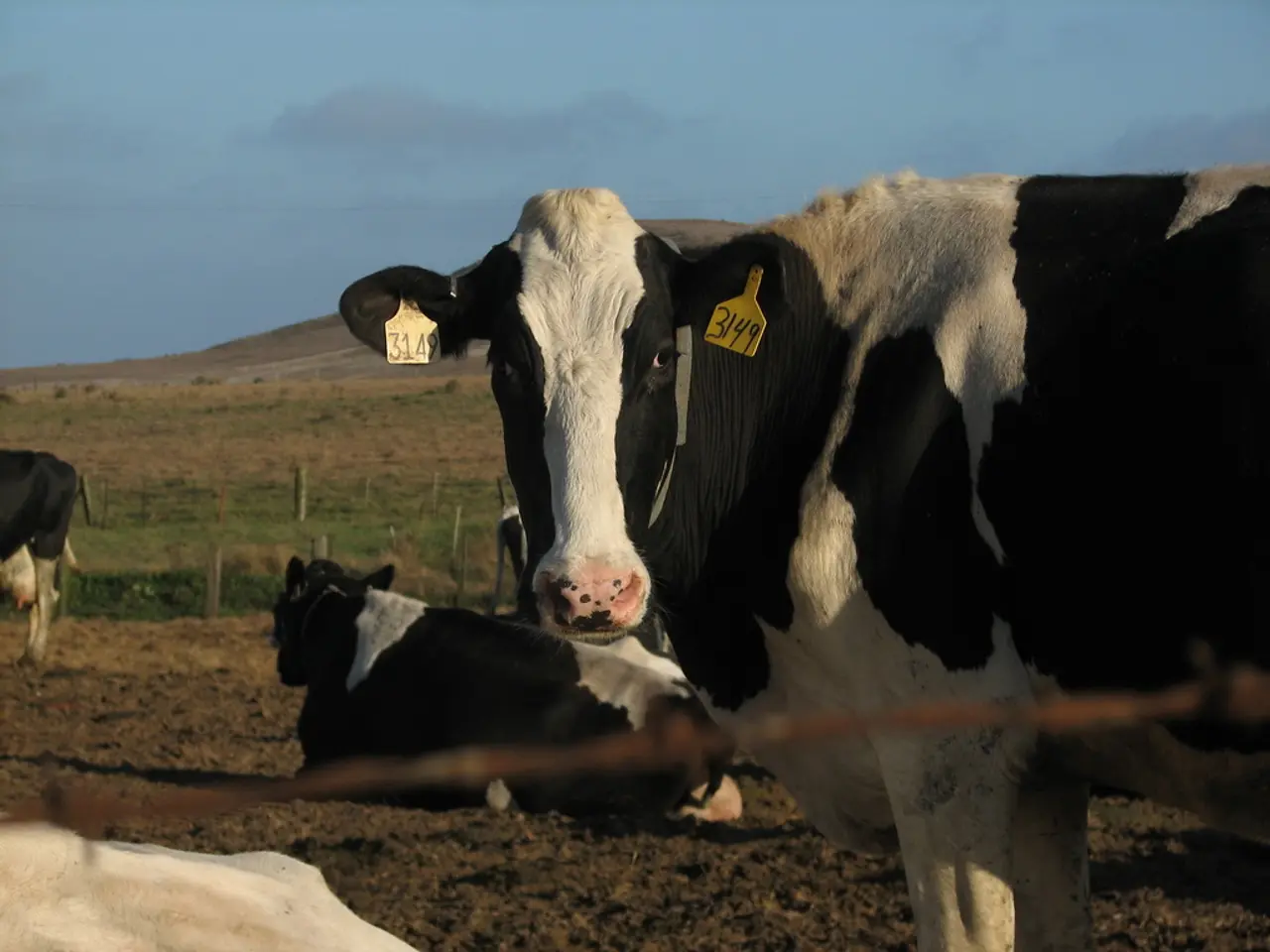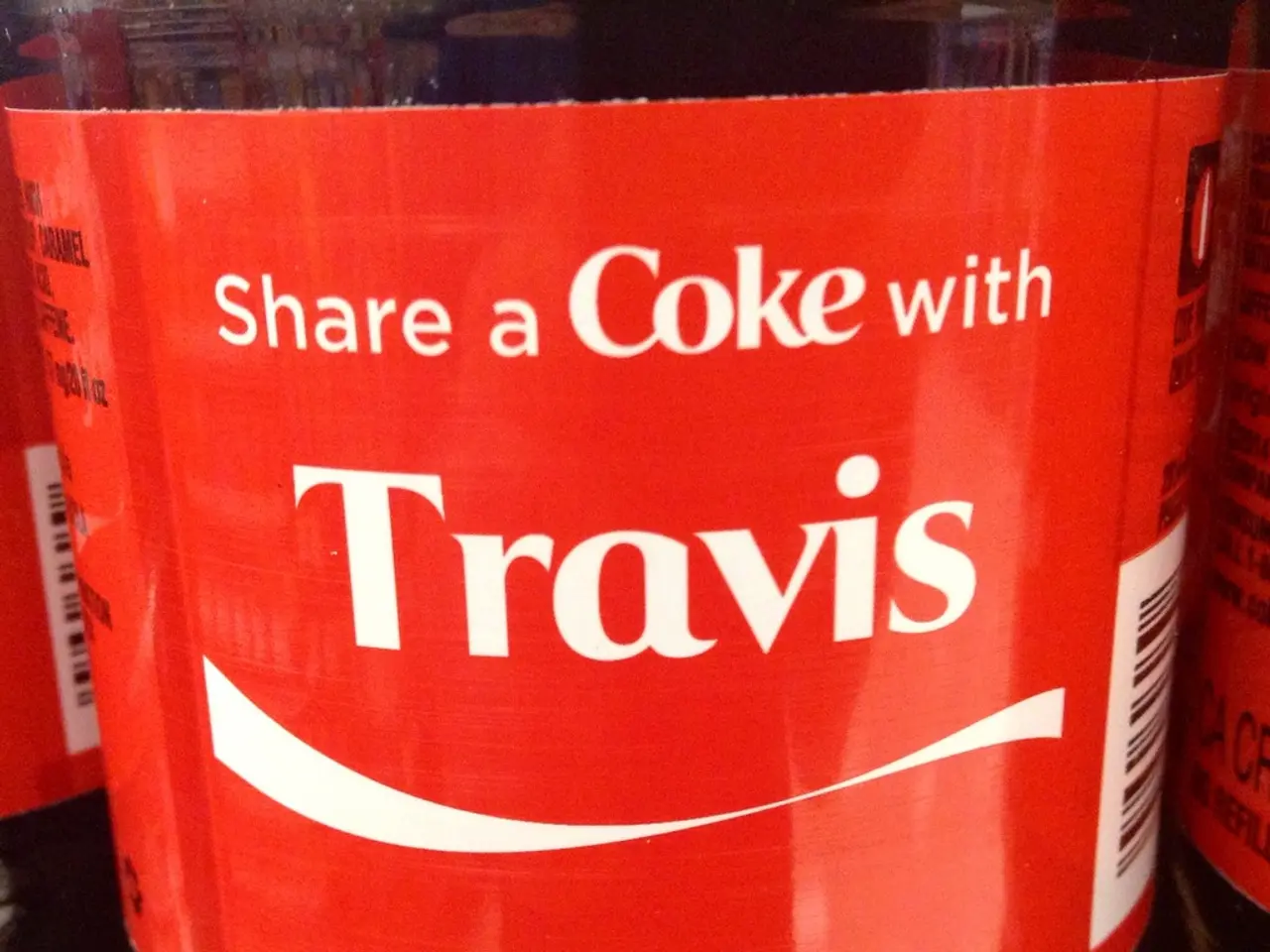Skyrocketing beef prices pose a significant hurdle for Texas cattle farmers
In the current economic climate, beef prices in the United States are at an all-time high, a situation that has been attributed to several key factors. According to experts, the U.S. cattle inventory is at its lowest since 1951, leading to tight supplies of beef. This reduced supply, combined with strong consumer demand, has driven up prices.
The low cattle inventory is a significant concern for industry professionals like Colt Adams, co-owner of the El Campo Livestock Exchange. Adams believes that an increase in heifers and cattle could potentially lead to a decrease in beef prices. The El Campo Livestock Exchange, located in Texas - home to the largest cattle herd in the country with over 12 million head - hosts regular auctions where cattle are sold for thousands of dollars.
Despite the high prices, consumer demand for beef remains strong. Beef has become a preferred protein choice globally, attributed to its quality and marketing efforts. However, only about a third of the Texas cattle herd is designated for beef production.
The high prices are also influenced by other factors such as import restrictions, inflation, and environmental factors like droughts. The import ban on live cattle from or transiting through Mexico, which may continue until policy changes, has further reduced available supplies. General inflation, along with environmental factors such as droughts and tariffs, also contribute to higher prices by impacting production costs and efficiency, leading to higher retail prices.
Forecasts suggest that beef prices will continue to rise in 2025 due to these ongoing challenges. Prices are predicted to increase by 6.8% in 2025, with a range of 2.6 to 11.5%. In 2026, cattle prices are projected to reach new highs, although per capita beef consumption is expected to decline slightly. This indicates that high prices may persist for the foreseeable future, influenced by both supply and demand dynamics.
Adams believes that it could take up to two years for beef prices to come down as herds grow. He emphasises the need for more cattle to enter the market to potentially lower beef prices. At the El Campo Livestock Exchange, young cattle are sold for up to $8 per pound.
In conclusion, the current high beef prices are a result of a combination of factors, including low cattle inventory, strong demand, import restrictions, inflation, and environmental factors. Industry experts like Colt Adams advocate for an increase in cattle numbers to potentially lower prices in the future.
Texas, home to the largest cattle herd in the country, has a significant impact on the beef industry. Despite the high prices, experts like Colt Adams advocate for an increase in the Texas cattle herd, particularly in heifers and cattle, as it could potentially lead to a decrease in beef prices in the future. The import ban on live cattle from or transiting through Mexico and general inflation, along with environmental factors such as droughts and tariffs, create ongoing challenges that contribute to the high prices in the finance sector, possibly influencing the crime rates related to cattle theft and theft of cattle-related business assets in Texas.




